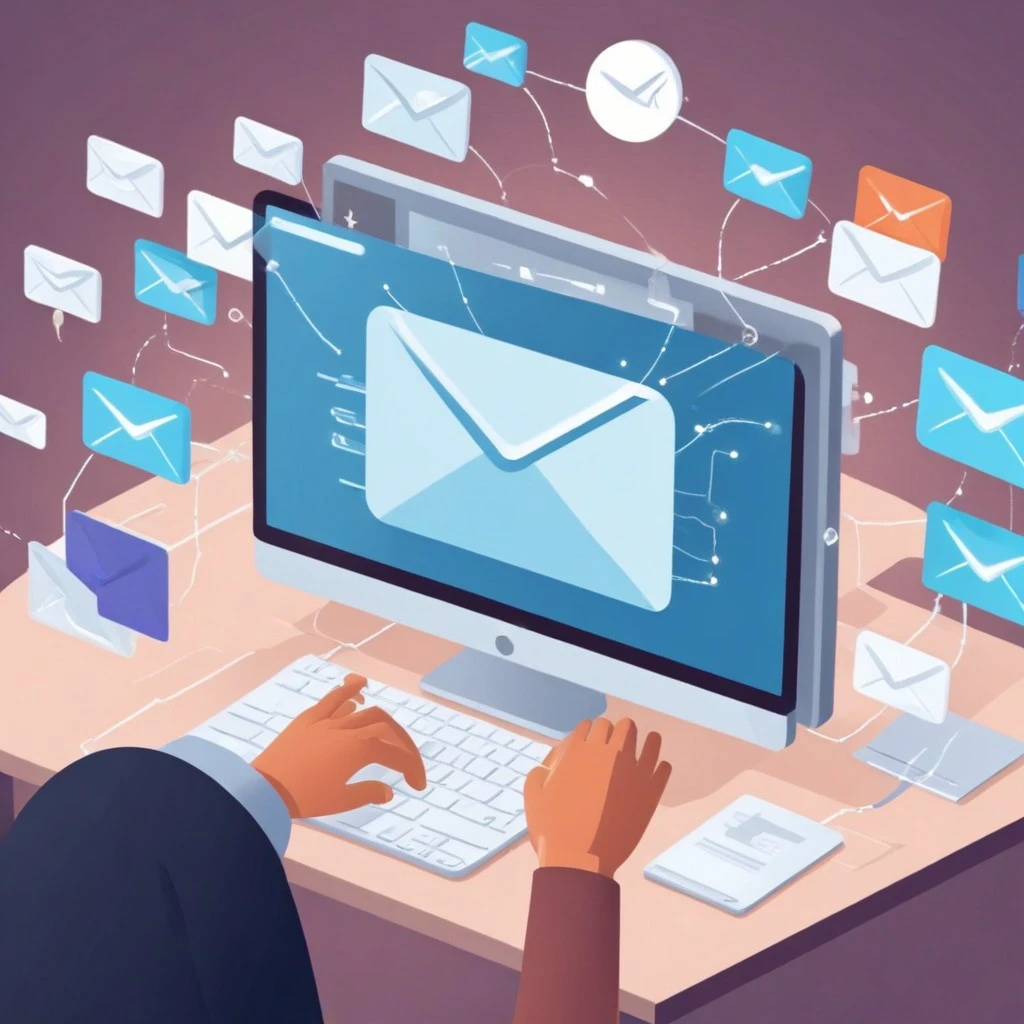
How do email aliases work?
Managing emails can often feel like trying to juggle flaming torches while riding a unicycle. There are messages from friends and family, newsletters you signed up for on a whim, promotional emails from that one-time online purchase, and important work communications. Keeping all these in order without missing something vital or getting overwhelmed by clutter is a challenge many of us face daily.
Enter email aliases—a simple yet powerful tool that can transform the way you manage your emails. Imagine having a personal assistant who neatly categorizes and files every piece of mail you receive, ensuring nothing gets lost in the chaos. Email aliases do precisely that, and in this article, we’ll explore how they work and why they can be a game-changer for your online life.
Understanding Email Aliases
Email aliases might sound technical, but they're actually straightforward. Think of an alias as a nickname for your email address. It’s not a separate account but an extension of your existing one that helps you organize your inbox more effectively.
For example, let’s say your main email address is johndoe@example.com. You could create an alias like johndoe.news@notmyrealemail.com for newsletters and johndoe.shopping@notmyrealemail.com for online purchases. Emails sent to these aliases will still land in your primary inbox, but with the added advantage of being easily sortable.
For more detailed instructions on setting up email aliases, check out our comprehensive guide on How to Create an Email Alias.
How Email Aliases Work Behind the Scenes
You might be asking yourself, how does this all work? To make things simple and more tangible, think of email aliases like having personalized mail slots for different types of mail, making your digital life a bit more organized and a lot less stressful. Here’s a glimpse into the technical flow of how email aliases function:
- Incoming Email: When someone sends an email to your alias, such as johndoe.shopping@notmyrealemail.com, it first reaches the NotMyRealEmail mail server.
- Reception and Routing: The NotMyRealEmail server receives the incoming email and identifies the alias, who it belongs to, and what the routing rules are for the address. Based on the routing rules you've set up, it determines the correct destination for the email.
- Forwarding: The server then forwards the email to your primary email address, johndoe@example.com. It arrives in your main inbox, clearly labeled with the alias, making it easy to filter and organize.
This process happens seamlessly and instantly, providing a smooth experience for managing your emails. The beauty of email aliases lies in their simplicity and efficiency, ensuring that your inbox remains tidy and your important emails don’t get lost in the shuffle.
Benefits of Using Email Aliases
Streamlined Email Management
Using email aliases can streamline your email management significantly. Instead of wading through a chaotic inbox, you can filter messages by alias. This means you can quickly find that promo code for your favorite online store or the newsletter from that blog you love reading.
Enhanced Privacy and Security
Email aliases also enhance your privacy and security. By using aliases, you don’t have to give out your main email address everywhere. This can reduce the risk of spam and phishing attacks. Plus, if an alias starts receiving too much spam, you can simply delete it without affecting your primary email address.
Improved Organization
With email aliases, you can create a systematic approach to handling different types of emails. This organization extends beyond just sorting; it allows you to prioritize and respond to emails more efficiently. Imagine having a specific alias for family communications, ensuring you never miss an important update from loved ones amidst the flood of other emails.
To lean more about the beforementioned benefits, check out our article on The Benefits of Using Email Aliases.
Conclusion
Email aliases are a fantastic tool for anyone looking to take control of their inbox. They offer a simple yet effective way to manage, organize, and protect your email communications. By understanding and utilizing email aliases, you can make your digital life more manageable and secure.
Thank you for reading! I hope this article has shed light on the practical benefits of email aliases and how they can enhance your email management. If you found this helpful, you might also enjoy our other articles on related topics. Feel free to explore and learn more. Happy emailing!